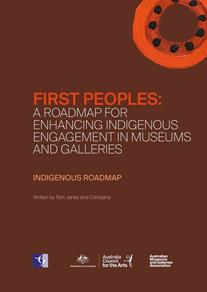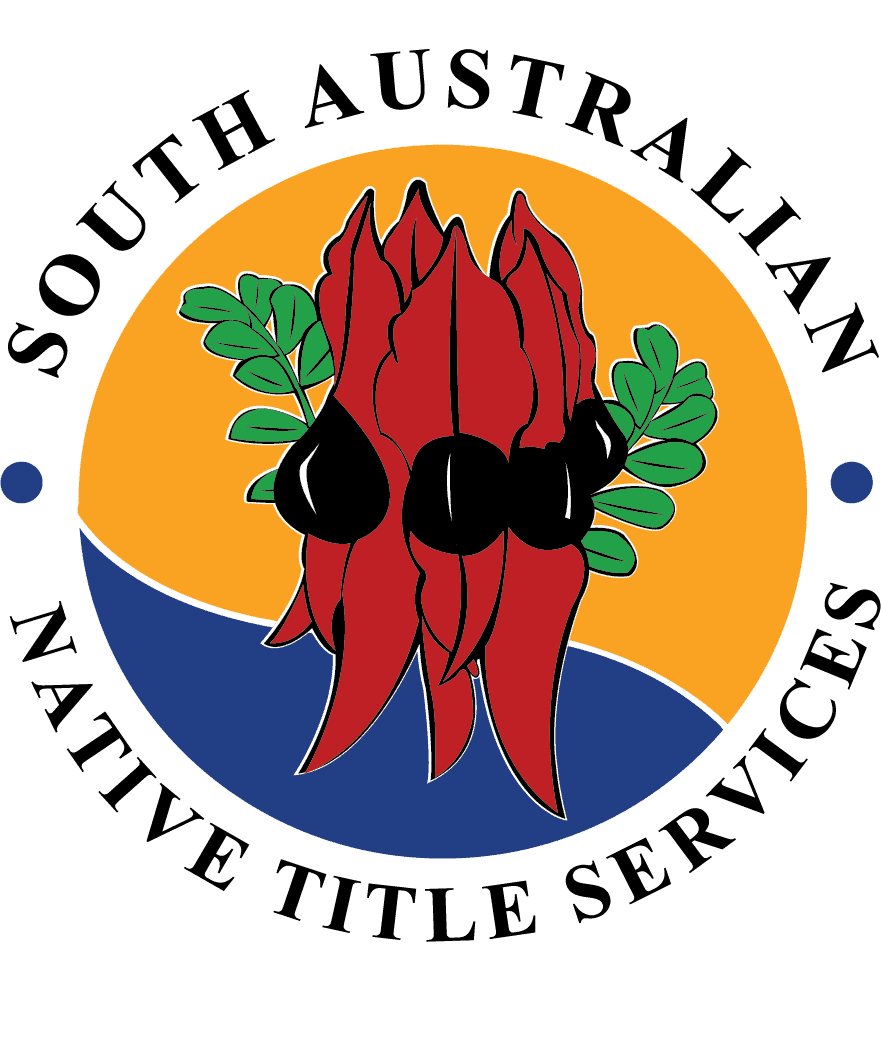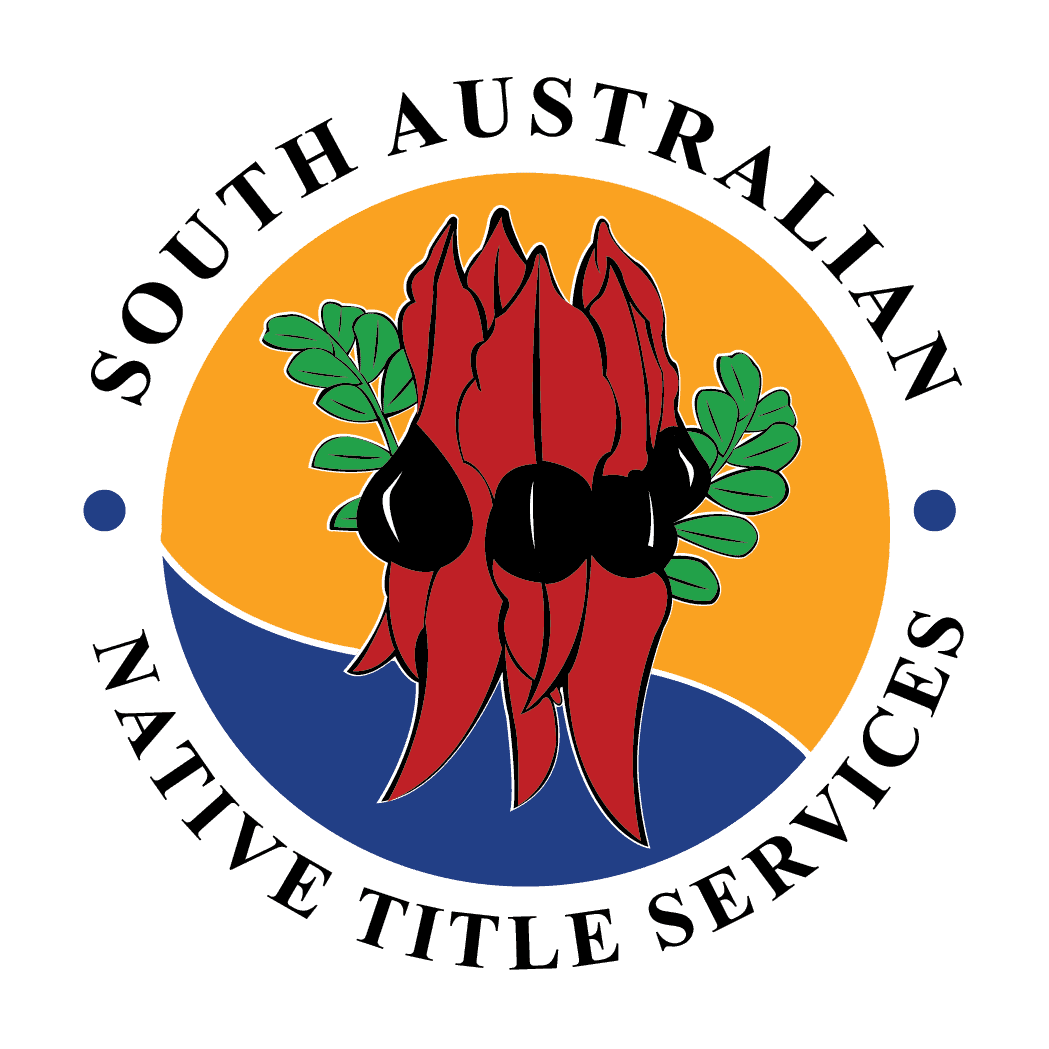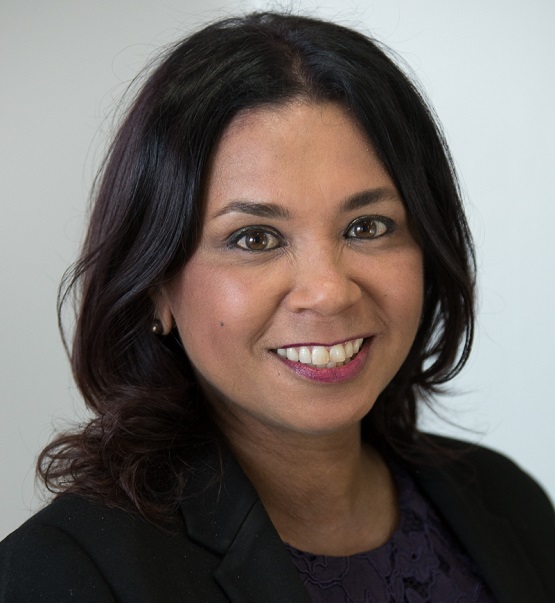A new report prepared by Indigenous lawyer Terri Janke lays out a detailed plan for Australia’s museums to better engage with Indigenous people.
The report First Peoples: A Roadmap for enhancing Indigenous Engagement in Museums and Galleries was written for the Australian Museums and Galleries Association and recommends ways to increase Indigenous engagement and employment in Australia’s museums and galleries.
According to lead author, Indigenous intellectual property expert and lawyer Terri Janke, the first step to reach this goal is to acknowledge the truth of the past relationship between Australia’s museums and Indigenous people.
“The roadmap addresses representation and basically re-imagining that so that there’s more truth telling and that there are more Indigenous voices in museums and galleries” Ms Janke told Aboriginal Way.
“In the past, representations of Indigenous peoples in museums has been very colonial and represented very one-sided views of Australia’s history.”
That approach to collection and representation has had real impacts on Indigenous cultures she said.
“A lot of material held in the museums and galleries in Australia has been collected a lot without proper provenance, that is Indigenous peoples not knowing that it was taken. The collection of materials did not provide information about the source often, so there’s a lot of material that has been put in collections that we don’t know the provenance of.
“The representation is very ethnographic and collected from a point of view of colonial representation. So Indigenous peoples’ voices, Indigenous peoples’ continuing connection to the cultural material has not remained intact.
“Work has been underway on making changes in the museums industry for several decades now” Ms Janke said “but it is now picking up pace.
“The Australian Museums and Galleries Association has been looking at this issue for 30 years, and in the ’90s they started doing policy on Aboriginal and Torres Strait Islander issues.
“But the real impetus for these changes is that Indigenous people are understanding now the importance of these collections for reclaiming their cultural connection and their Indigenous cultural and intellectual property.
“Increasing calls for the repatriation of ancestral remains also plays a part in the need for a new approach.
“It’s also the fact that a lot of collections held ancestral remains. Indigenous people have been calling for the return of our ancestors for many years.
“Increasing Indigenous employment in museums and galleries is driving change of its own” Ms Janke explained to Aboriginal Way.
“I also think recently there are more Indigenous people working in the sector and that is driving some of this. We have Aboriginal and Torres Strait Islander curators in the sector who are now getting much more opportunity to see what’s in the collections.
“The Roadmap sets out a concrete plan for the next ten years and aims to see substantial changes in the way that Indigenous collections and cultures are presented.
“We want to see more truth-telling exhibitions, but also more collaborations where Indigenous values are seamlessly flowing through the institutions that contain so much of Indigenous cultural content” Ms Janke said.

Five elements for change
The report has a focus on five key elements for change:
Reimagining Representation,
Embedding Indigenous Values into Museum and Gallery Business,
Increasing Indigenous Opportunity,
Two-Way Caretaking of Cultural Material and
Connecting with Indigenous Communities.
| Reimagining Representation includes acknowledging the role museums and galleries played in colonisation and increasing exhibitions that involve acknowledgement of Indigenous knowledge and truth telling. Embedding Indigenous Values into Museum and Gallery Business includes developing Reconciliation Action Plans and making shifts in policy updates, interpretation guidelines and budgeting. Additionally, it calls for Indigenous voices on boards and cultural competency training. Increasing Indigenous Opportunity includes compensating and valuing Indigenous knowledge to increase retention of Indigenous staff, as well as increasing support for Indigenous staff to access executive positions and professional development opportunities. Two Way Caretaking of Cultural Material calls for museums and galleries to creating agreements with Indigenous communities to ensure their collections are being cared for the way they want and to train Indigenous communities to look after their cultural material. Connecting with Indigenous Communities focuses on providing Indigenous communities with the tools to properly repatriate their material, which could come in the form of outreach programs or collaborations. It calls for more support for Keeping Places and sharing cultural advisors. |
Ms Janke said that this comprehensive approach, along with a ‘critical pathways’ map for the execution of the elements, aims to create significant change in the ways museums and galleries do business by the year 2029.
“It’s really trying to put everyone on a pathway so that we can get to a position where Indigenous values are embedded in the sector and that there is much more representation of Indigenous people, Indigenous voices.
“Also that the Australian cultural relationship between Aboriginal and Torres Strait Islander people and non-Indigenous people is reflected in our cultural institutions.
“A key part of that new relationship is creating an understanding that Indigenous cultures still exist as living, ongoing cultures” she said.
“Australians need to see the living vibrant culture of Indigenous people, and the fact that that objects in museums aren’t just things that are locked in time, they are living things that unlock culture, identity, and that continuing connection for Indigenous people.
“That is why this road map will be important for changing the history of our relationship” Ms Janke said.
For more information visit www.amaga.org.au
By Lucy Kingston
SANTS acknowledges that the land on which our office is based is the traditional lands for the Kaurna people and we respect their spiritual and cultural relationship with their country.



 Protected by Patchstack
Protected by Patchstack